Beatle George Harrison was pigeonholed as the "Quiet Beatle," but the youngest member of the Fab Four had an acerbic, dry sense of humor that was as sharp as the rest of his bandmates.
He gave great performances in the musical comedy classics "A Hard Days Night" and "Help!" while holding his own during The Beatles' notoriously anarchic press conferences. After he left the band in 1970, in addition to his musical career, he would produce the 1979 Monty Python comedy classic, "The Life of Brian."
Harrison clearly didn't lose his sense of humor for the rest of his life. Shortly before he died in 2001, he played an elaborate prank on Phil Collins that shows how the "Here Comes the Sun" singer would go the extra mile for a laugh.
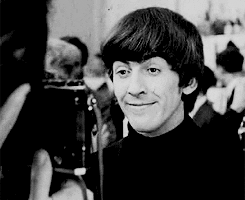
In 1970, Harrison recorded his first solo record and arguably the best by a former Beatle, "All Things Must Pass." The session for the song "The Art of Dying" featured former Beatle Ringo Starr on drums, keyboard legend Billy Preston on keys, and virtuoso Eric Clapton on guitar. It was produced by the notorious Phil Spector.
Harrison wanted a conga player for the session, so Ringo's chauffeur reached out to Phil Collins' manager. At the time, Collins was a relative unknown who was about to join Genesis, a band that would bring him worldwide stardom.
The 18-year-old Collins was starstruck playing on a session with two former Beatles, so he played extra hard in rehearsals, resulting in blood blisters on both hands.
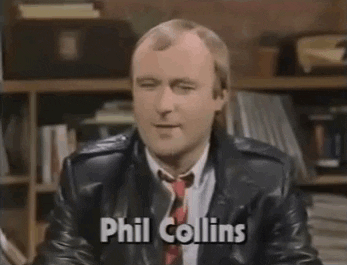
"Anyway, after about two hours of this, Phil Spector says, 'Okay congas, you play this time.' And I'd had my mic off, so everybody laughed, but my hands were shot," Collins told Express.
"And just after that they all disappeared – someone said they were watching TV or something – and I was told I could go," Collins recalled. A few months later, Collins bought the massive triple album in the record shop and was devastated to learn he'd been edited out of the song.
"There must be some mistake! Collins thought. "But it's a different version of the song, and I'm not on it."
Some thirty years later, Collins bought the home of Formula One driver Jackie Stewart, a close friend of Harrison. Stewart mentioned to Collins that Harrison was remixing "All Things Must Pass" for a rerelease.
"And he said, 'You were on it, weren't you?' And I said,, 'Well I was there,"' Collins recalled.
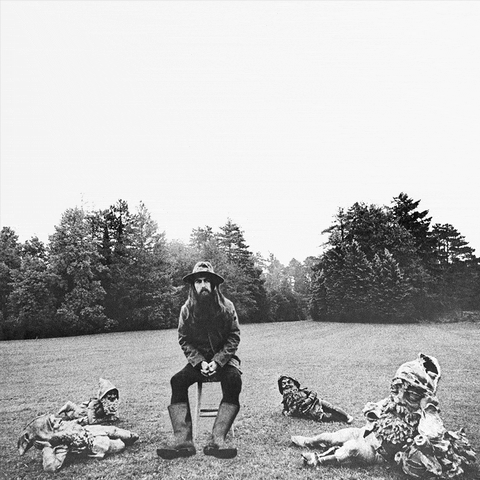
Two days later, a tape was delivered from Harrison to Collins with a note that read: "Could this be you?" Collins continued: "I rush off and listen to it, and straight away I recognize it." It was a recording of "The Art of Dying."
"Suddenly, the congas come in—too loud and just awful," Collins is devastated. At the end of the take, Harrison can be heard saying, "Hey, Phil, can we try another without the conga player?"
Collins was devastated, to say the least.
A while later, Stewart calls Collins and puts Harrison on the line. "'Did you get the tape?' Harrison asked. "I now realize I was fired by a Beatle," Collins sighed. The two changed the subject, but a few minutes later, Harrison couldn't stop laughing.
"Don't worry, it was a piss-take. I got Ray Cooper to play really badly and we dubbed it on," Harrison admitted. "Thought you'd like it!" So, Harrison had an entire recording session with a conga player, who he asked to play poorly, just to pull one over on Collins.
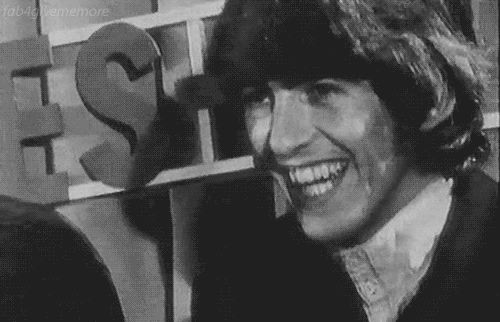
If you're in the mood for another of rock's greatest pranks, the story of "The Ring" told by Beastie Boys' Adam "Ad-Rock" Horovitz, shared in "Beastie Boys Story," is another great example of someone going to incredible lengths just for a laugh.
The story revolves around the late Beasties' rapper Adam "MCA" Yach, his bandmate Horovitz, and a very creepy ring given to him by a fan backstage at a concert.
“The Ring" from Beastie Boys Story (Original Original Cut)
This article originally appeared on 02.11.21
More on Good.is
Prince's Legendary Solo On “While My Guitar Gently Weeps” - GOOD
What You Know About Gravity, The Beatles, And The Unabomber Is ...
Listen To The Beatles' First Attempt At Recording This Famous Song ...





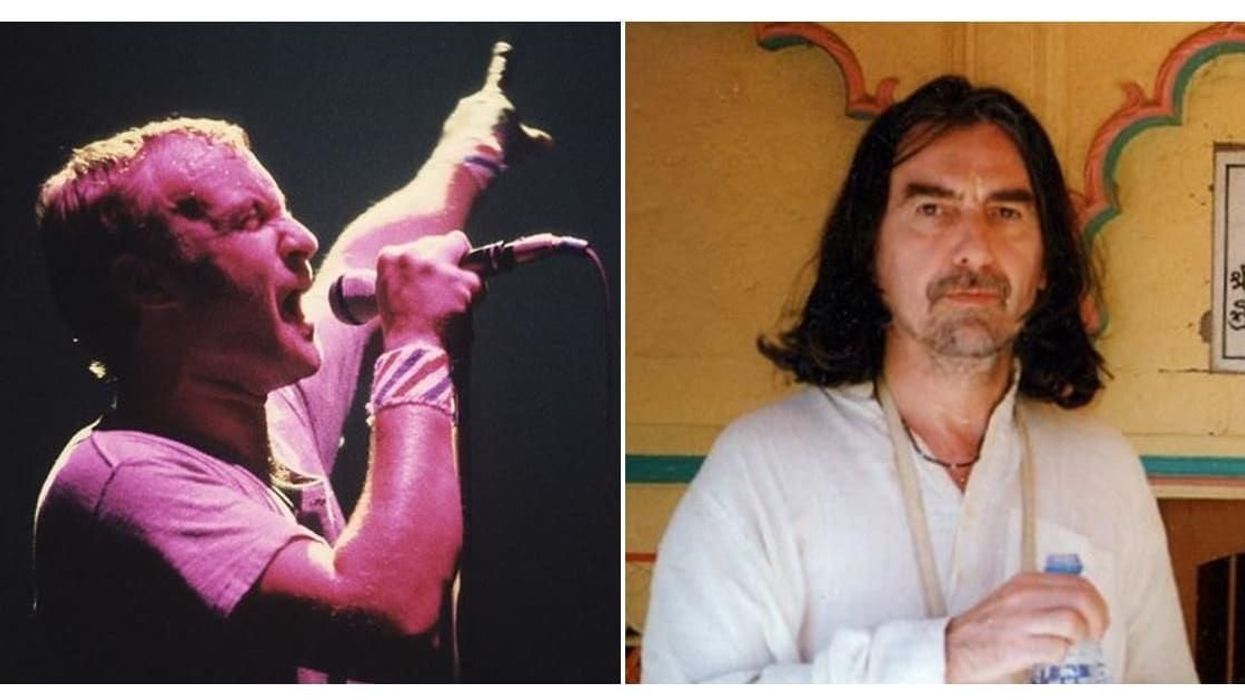





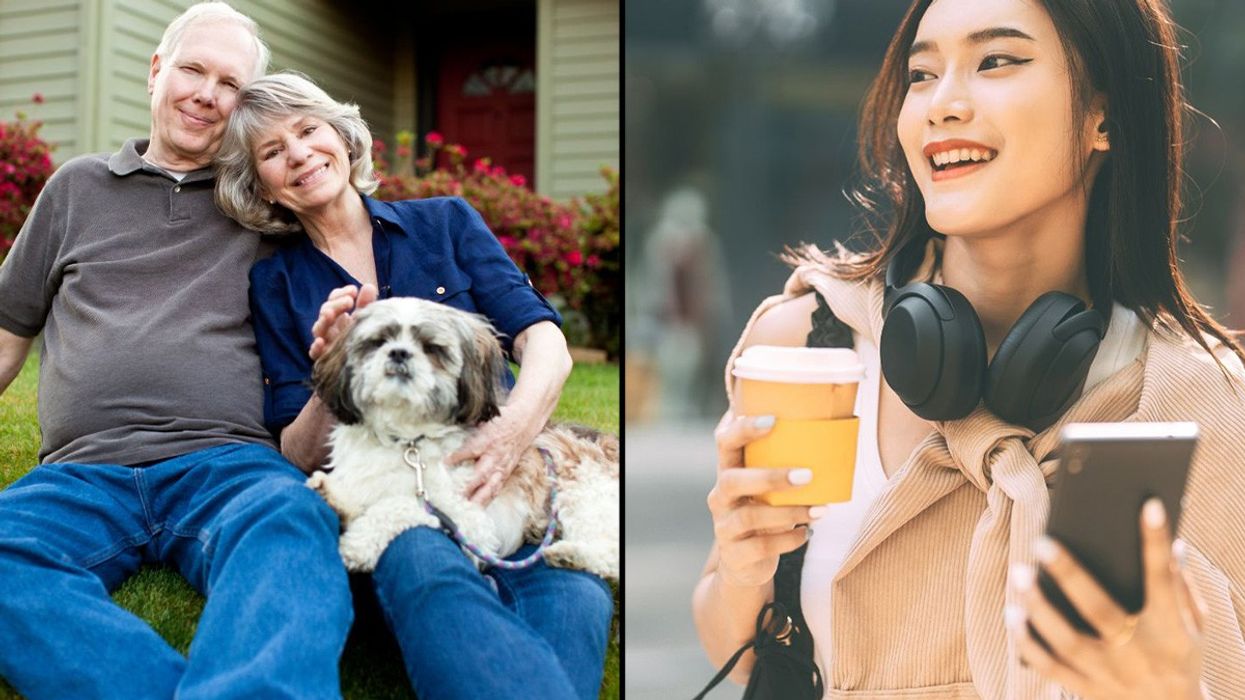








 Ladder leads out of darkness.Photo credit
Ladder leads out of darkness.Photo credit  Woman's reflection in shadow.Photo credit
Woman's reflection in shadow.Photo credit  Young woman frazzled.Photo credit
Young woman frazzled.Photo credit 



Will your current friends still be with you after seven years?
Professor shares how many years a friendship must last before it'll become lifelong
Think of your best friend. How long have you known them? Growing up, children make friends and say they’ll be best friends forever. That’s where “BFF” came from, for crying out loud. But is the concept of the lifelong friend real? If so, how many years of friendship will have to bloom before a friendship goes the distance? Well, a Dutch study may have the answer to that last question.
Sociologist Gerald Mollenhorst and his team in the Netherlands did extensive research on friendships and made some interesting findings in his surveys and studies. Mollenhorst found that over half of your friendships will “shed” within seven years. However, the relationships that go past the seven-year mark tend to last. This led to the prevailing theory that most friendships lasting more than seven years would endure throughout a person’s lifetime.
In Mollenhorst’s findings, lifelong friendships seem to come down to one thing: reciprocal effort. The primary reason so many friendships form and fade within seven-year cycles has much to do with a person’s ages and life stages. A lot of people lose touch with elementary and high school friends because so many leave home to attend college. Work friends change when someone gets promoted or finds a better job in a different state. Some friends get married and have children, reducing one-on-one time together, and thus a friendship fades. It’s easy to lose friends, but naturally harder to keep them when you’re no longer in proximity.
Some people on Reddit even wonder if lifelong friendships are actually real or just a romanticized thought nowadays. However, older commenters showed that lifelong friendship is still possible:
“I met my friend on the first day of kindergarten. Maybe not the very first day, but within the first week. We were texting each other stupid memes just yesterday. This year we’ll both celebrate our 58th birthdays.”
“My oldest friend and I met when she was just 5 and I was 9. Next-door neighbors. We're now both over 60 and still talk weekly and visit at least twice a year.”
“I’m 55. I’ve just spent a weekend with friends I met 24 and 32 years ago respectively. I’m also still in touch with my penpal in the States. I was 15 when we started writing to each other.”
“My friends (3 of them) go back to my college days in my 20’s that I still talk to a minimum of once a week. I'm in my early 60s now.”
“We ebb and flow. Sometimes many years will pass as we go through different things and phases. Nobody gets buttsore if we aren’t in touch all the time. In our 50s we don’t try and argue or be petty like we did before. But I love them. I don’t need a weekly lunch to know that. I could make a call right now if I needed something. Same with them.”
Maintaining a friendship for life is never guaranteed, but there are ways, psychotherapists say, that can make a friendship last. It’s not easy, but for a friendship to last, both participants need to make room for patience and place greater weight on their similarities than on the differences that may develop over time. Along with that, it’s helpful to be tolerant of large distances and gaps of time between visits, too. It’s not easy, and it requires both people involved to be equally invested to keep the friendship alive and from becoming stagnant.
As tough as it sounds, it is still possible. You may be a fortunate person who can name several friends you’ve kept for over seven years or over seventy years. But if you’re not, every new friendship you make has the same chance and potential of being lifelong.